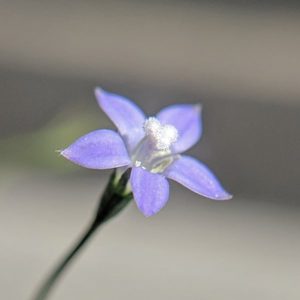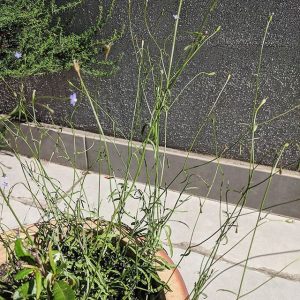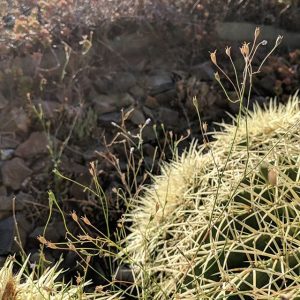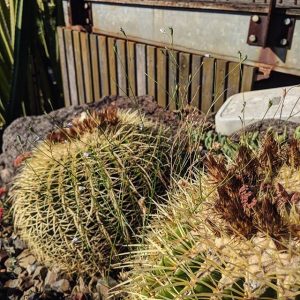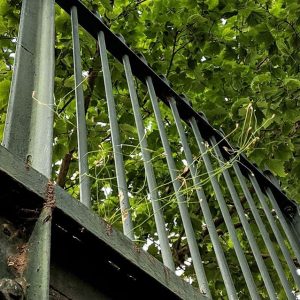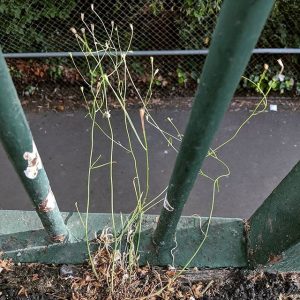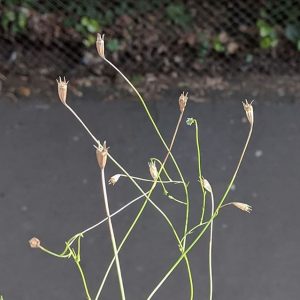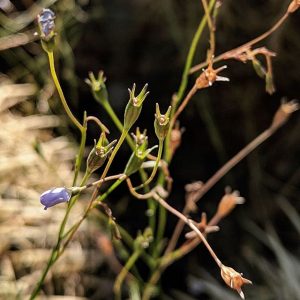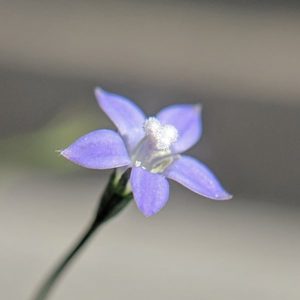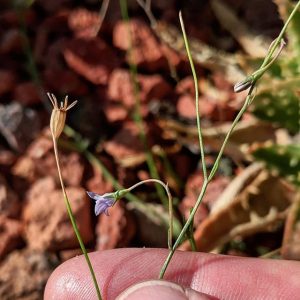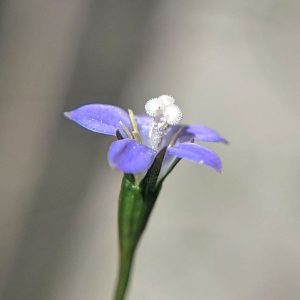Sprawling Bluebell (Wahlenbergia gracilis), a widespread indigenous plant that copes well with disturbance and regularly shows up colonising pavements, walls, garden beds and plant pots throughout urban and suburban Melbourne. Native to all Australian states save WA, and apparently to New Zealand, New Guinea and New Caledonia, its trans-Tasman distribution provides a useful indicator of this modest plant’s capability and reach.
Although it can be found as something like the classic tuft that we would associate with native bluebells, in metropolitan conditions Sprawling Bluebell more often presents a wiry mess of largely leafless tendrils terminating in the tiniest of flowers. This is particularly the case when growing in dry, constrained circumstances as a volunteer or weed. Under such conditions, the plant bears little of the aesthetic characters we have learned to associate with charismatic Australian native species.
Indicative of its cryptic nature, Sprawling Bluebell was the subject of a number of early 1900s identification requests to newspaper agricultural columns. These columns are also suggestive that in certain circumstances the species became sufficiently prevalent as a paddock weed to raise the concern of farmers and graziers. While usually dismissed as ‘harmless but useless’ (The Australasian 14/04/1917), one 1928 account from the Eyre Peninsula in SA noted the plant ‘had a strong hold in the fallows, and in portions of the crops on one farm it had practically taken possession of the land’ (Port Lincoln Times 02/03/1928). This is quite the accomplishment for an otherwise modest pavement weed.
The photographed plants were found in Northcote, East Melbourne and at RBG-Melbourne between November and February. Additional examples in similar conditions were seen but not photographed in Richmond and Kew.
View Original Post on Instagram
Search for information about Wahlenbergia gracilis in the Flora of Victoria
View information and occurrences of Wahlenbergia gracilis on the Atlas of Living Australia

